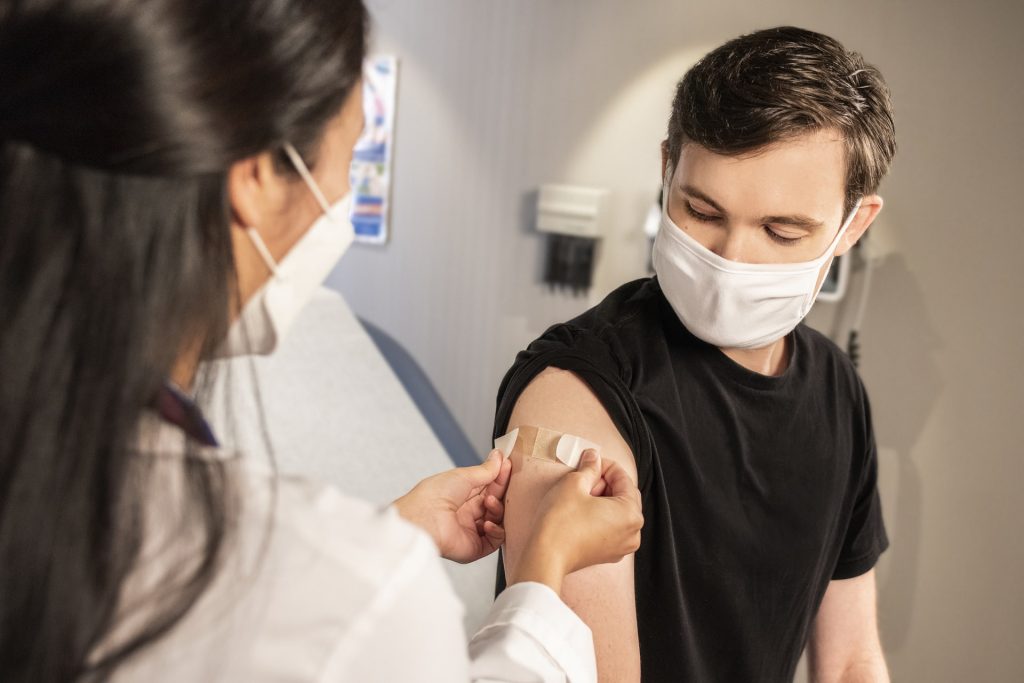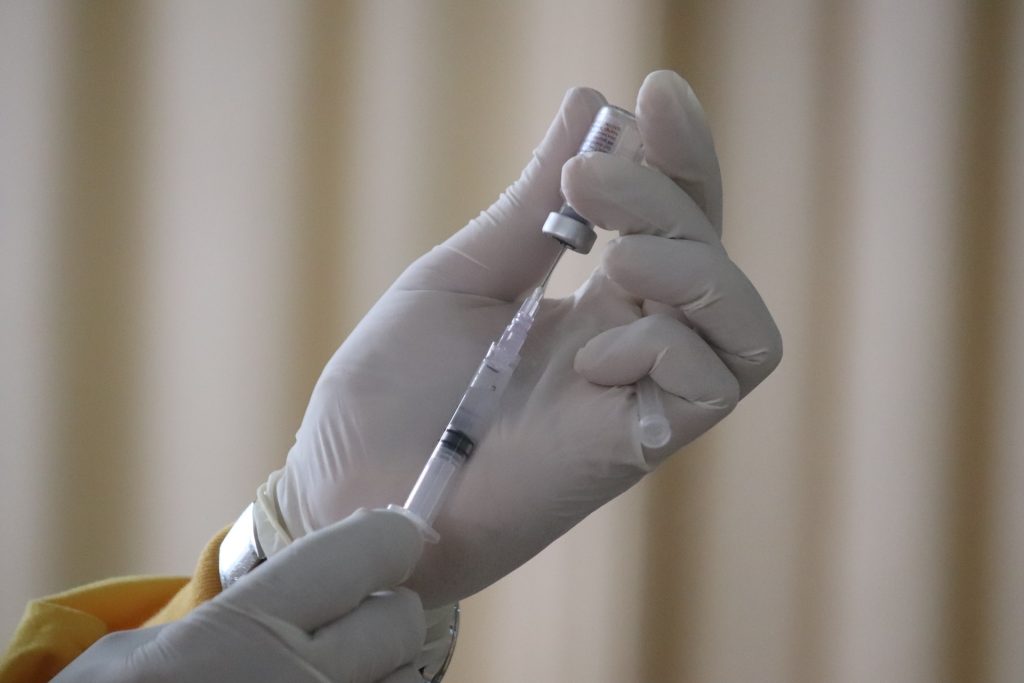As restrictions ease after a peak of Omicron infections worldwide, we’re experiencing pre-pandemic-like freedom we haven’t seen in a while. Omicron is definitely not the last contagious variant that will cause a global surge, but for some experts, its rapid spread has signaled the “beginning of the end of the pandemic.”
Omicron may be the start of this health crisis’s endgame. So, what happens next? We need to learn how to live with the SARS-CoV-2 virus and protect the vulnerable. Today, we will talk about how the pandemic will wind down and what to expect once COVID-19 enters its endemic phase.
Omicron: The Beginning of the End of COVID-19?
Coronaviruses comprise up to one-third of all colds that most of us grew up with. We are all familiar with these viruses. Years ago, if you got a cold, a third of the time, you probably got infected by a coronavirus. You can think of these coronaviruses as cousins of SARS-CoV-2, the cause of COVID-19.
We experience a runny nose, sinus congestion, and occasional fever when we acquire coronavirus. For the most part, it’s just confined to the upper respiratory tract, which is home to the sinuses and pharynx. The result is a baseline cold. It’s been a relatively benign illness for most of our lives.
The SARS-CoV-2 version, however, causes not just a common cold. It invades the lower respiratory tract, including the lungs. Recovering from this type of coronavirus is significantly harder on people with pre-existing conditions and comorbidities.
The Omicron variant, first identified in South Africa in November 2021, is milder than the original wild-type variant out of Wuhan, alpha variant, and Delta variant. This version of the virus mutation has shown us what coronaviruses traditionally do, which is to cause relatively minor illnesses. So compared to the nature of other variants of concern, it seems like we’re seeing a return to what the common cold used to look like.

Coronavirus Becoming the Common Cold
While we’re still seeing a lot of deaths, we can certainly tell that we’re slowly getting closer to what the cold used to look like. There’s no guarantee that this will continue. However, we can theorize that SARS-CoV-2 will soon join the family of coronaviruses that cause the common cold.
Now, is it possible that there will be higher death rates among the elderly and people with comorbidities? Yes. A part of the population is still at risk.
We cannot hide vulnerable individuals from the virus forever, but there’s something else we can do to protect them. We can plan an effective vaccine strategy to prepare for more recent, possibly more contagious variants.
COVID-19 Lockdowns and Mandates Winding Down
Several countries are already lifting restrictions for economic recovery, encouraging more people to travel and more businesses to open. Suppose Omicron continues to wane, and new variants get milder. In that case, we can ease more restrictions and ultimately implement an ongoing vaccine strategy to protect seniors, children, and other high-risk groups.
The Vaccine Strategy
Before coming up with a vaccine strategy, we need to figure out what we want the vaccines to do. Do we want the vaccines to prevent all infections, or do we just want to avoid severe hospitalization and death?
If the goal is just to reduce the death and hospitalization rate, then the current vaccines are successful. The thing is, in time, we may see a drop in antibody response after two or three doses.
One strategy moving forward is to get booster shots. The good news? While the vaccines won’t necessarily prevent illness, two or three doses seem to hold up well to prevent severe hospitalization and death.

The ideal long-term vaccine strategy is not to give booster after booster. The best strategy is to know what the recent crop is and then develop a multivalent vaccine that can be given out in August, September, and October.
Since the SARS-CoV-2 virus is an upper respiratory virus, it should peak in the fall and winter. Therefore, over time, coming up with a new vaccine in the flu season, which is around August and September, for the latest coronavirus variants is the strategy we are going to see.
So, a new vaccine is developed and provided to people each year, depending on the variants that come out. That would be a win to save thousands of lives. This may seem troublesome for some people, yet that’s what we’ve been doing with the flu shot for decades now.
Flu Shot and COVID-19 Vaccine Combo
In addition to a once-a-year vaccine strategy, combining the COVID-19 and flu shot is the best way to go. It’ll be more convenient to ask a person to come in one season for the flu shot and the COVID-19 vaccine together.
We need to catch every opportunity to give the vaccine, because people are less likely to make another appointment and travel to see their doctors just to get another jab.

The COVID-19 Pandemic is Coming to an End
COVID-19 will more likely become endemic, so we need to learn how to live with it. Today, mask mandates, lockdowns, and physical distancing restrictions are winding down. We are starting to acknowledge SARS-CoV-2 as a part of our lives. Soon, through an endemic response and vaccine strategy, we can live with several variants while still protecting the vulnerable.













